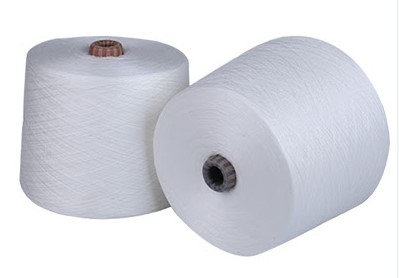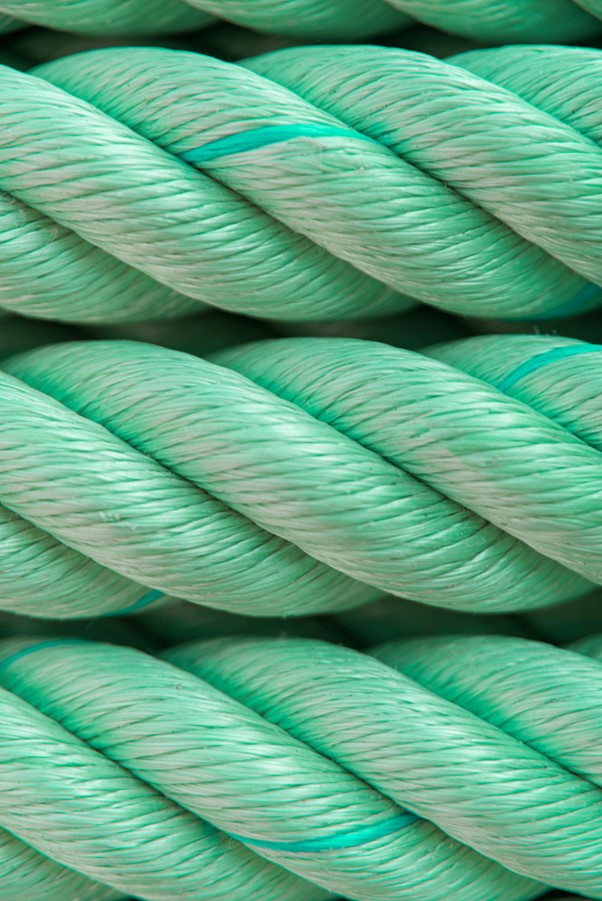Exploring 6 Types of Chemical Fibers: Uses and Dyes
Published On: July 23, 2024 By: chen hui

Have you ever heard about these 6 chemical fibers: polyester, nylon, acrylic fabric, Vinylon, polypropylene fiber, and spandex? Here we – Aung Crown – a professional hat & apparel manufacturer will introduce the uses and dyes of these 6 chemical fibers to all.

1. Polyester
Polyester is strong and great for impact, heat, corrosion, and moth resistance. What’s more, its acid resistance is second only to acrylic fabric. It can be exposed to sunlight for 1000 hours and retains 60-70% of its strength. In addition, polyester clothing is easy to wash and care for and keeps its shape for a long time. However, it doesn’t wick moisture well and is difficult to dye.
Uses:
Long polyester fiber: Typically, this type of polyester is used as a low-stretch yarn to make various woven textiles.
Short polyester fiber: This type of polyester can be blended with cotton, wool, linen, etc.
Industrial: The short polyester fiber can be made into tire cords, fishing nets, ropes, filter cloth, marginal insulation materials, etc. It’s the largest volume in chemical fibers.
Dye:
In general, polyester fabric uses dispersed dyes dyeing with high temperature and high-pressure dyeing.

2. Nylon
The main advantage of nylon is its durability and strength, making it one of the best chemical fibers. In general, nylon is low-density, lightweight, stretchable, wear-resistant, and damage-resistant. In addition, its chemical properties are stable and it’s alkali-resistant but not acid-resistant. The biggest downside is that it’s not very resistant to sunlight. After being exposed to sunlight for a long time, the nylon fabric or clothing will turn yellowish, resulting in poor strength and poor moisture wicking. When compared to acrylic fabric and polyester, nylon is better than both.
Uses:
Long nylon fabric: Mainly used in knitting and silk industry.
Short nylon fiber: Usually used as Tweedledum, which is blended with wool or wool fabric.
Industrial: Can be made into cords, fishing nets, carpets, ropes, conveyor belts, filter screens, etc.
Dye:
Nylon is usually dyed with acid dyes and can be press-dyed at normal temperatures.

3. Acrylic Fabric
The performance and properties of acrylic fabric are very close to wool fabric therefore, acrylic fabric is also called synthetic wool fabric. The inner omicron structure of acrylic fabric is very unique in that has an irregular helical conformation and does not have a strict crystallization zone, but it has a high-order arrangement and a low-order arrangement. Due to its unique inner omicron structure, acrylic fabric is great for thermoelastic (can process textured yarns), a lower density than wool fabric. In addition, clothing made of acrylic fabric is very warm.
In addition, acrylic fabric is sun and climate-resistant (number one among all man-made fibers). However, it doesn’t wick moisture well and is difficult to dye. In general, pure acrylic fabric has poor performance due to the internal dense structure. Therefore, by adding the second and third monomers to change its performance. The second monomer is to change the stretch and touch, and the third monomer is to change the poor dyeing ability.
Uses:
For civilian use: Can be pure or blended with other fabrics to make into wool fabrics, woolen fabrics, carpets, and sportswear. Also, can be made into artificial fur, long plush, expanded yarns, water hoses, parasol cloth, etc.
Dye
Generally, acrylic fabrics are dyed with cationic dyes and can also be press-dyed at normal temperatures.

4. Vinylon
Vinylon, also known as Vinalon (more common in Korean sources), is a synthetic fiber made from the reaction between polyvinyl alcohol (PVA) fiber and formaldehyde. The biggest advantage of Vinylon is its moisture-wicking, which is the best in synthetic fibers. That’s why it’s also called synthetic cotton. Vinylon is poorer than cotton and polyester in strength. However, its chemical properties are stable, it’s not acid or alkali-resistant. Vinylon is also sunlight and climate-resistant. But please note that it’s heat resistant, not wet resistant, and has the worst stretch among chemical fibers. It’s also prone to wrinkling, has poor dyeability, and its color is not as bright as other chemical fibers.
Uses:
Mainly blended with cotton and used to make fine cloth, poplin, corduroy, underwear, canvas, tarpaulin, packaging materials, work clothes, etc.
Dye:
Can be dyed by direct dye, reactive dye, disperse dye, etc., but the depth of dyeing is poor.

5. Polypropylene Fiber
Polypropylene fiber is the lightest fiber among man-made fibers. Almost no moisture-wicking, polypropylene fiber has a good core absorption capacity. What’s more, it has high strength and the textiles made of polypropylene fiber are stable. It’s also abrasion-resistant and its chemical properties are stable. But please note that it’s poor in thermal stability, sun resistance, and easy to age brittle.
Uses:
Textiles: Typically, polypropylene fibers can be used to make socks, mosquito nets, quilt wadding, warming pads, diaper wipes, etc.
Industrial: Can be made into carpets, fishing nets, canvas, hose, medical tape instead of cotton gauze, sanitary products, etc.
Dye:
Polypropylene fiber is difficult to dye and is often dyed with separate dyes after its performance has changed.

6. Spandex
Spandex is the most stretchy of the man-made fibers and the worst in strength and moisture wicking. Spandex is quite good at sun resistance, acid resistance, alkali resistance, and abrasion resistance. In addition, spandex is the must-have fabric for flexible movement apparel and performance outfits. Spandex can stretch 5 to 7 times its original size, so outfits made of spandex are very comfortable to wear and the touch is quite soft. What’s more, spandex outfits don’t wrinkle easily and hold their shape well.
Uses:
Apparel: Spandex can be widely used in underwear, panties, casual wear, sportswear, socks, tights, bandages, etc.
Dye:
Spandex is also difficult to dye. It’s often dyed with disperse dyes and acid dyes.
